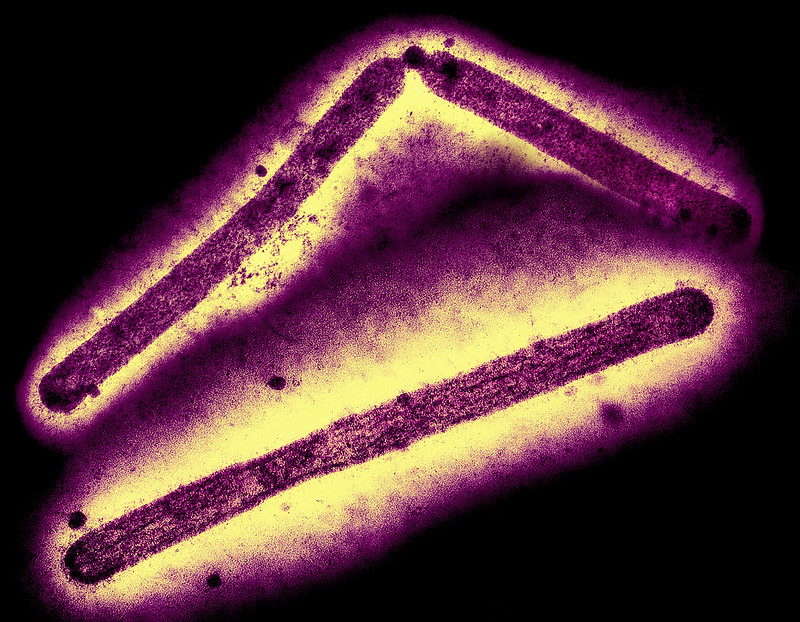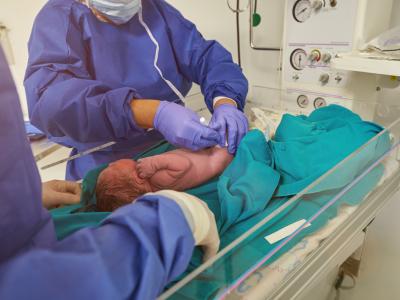CARB-X (Combating Antibiotic-Resistant Bacteria Biopharmaceutical Accelerator) today announced a new round of funding targeting therapeutics for gram-negative bacterial infections and rapid diagnostics for typhoid fever.
Awards for gram-negative therapeutics will be restricted to direct-acting small-molecule therapeutics that demonstrate activity against both susceptible and multidrug-resistant organisms, with a preference for products with both intravenous and oral step-down options. New antibiotics for gram-negative pathogens, which are a leading cause of deaths from antimicrobial resistance (AMR), have been a focus for CARB-X since its inception in 2016.
For typhoid fever diagnostics, CARB-X is interested in affordable, easy-to-use tests for diagnosing acute infections caused by Salmonella enterica serovar Typhi in low-resource settings. An estimated 11 million to 21 million cases of typhoid fever occur each year, primarily among people in low- and middle-income countries in South and Southeast Asia and sub-Saharan Africa.
New antibiotics needed for gram-negative pathogens
"Although progress has been made in the discovery and early development of therapeutics addressing various AMR challenges, there is broad agreement that we still need a new antibiotic, particularly an orally available one, with broad-spectrum activity against Gram-negative pathogens," Erin Duffy, PhD, CARB-X's chief of research and development, said in a press release. "At the same time, fast, affordable, and accessible diagnostics for S. typhi are essential to improve early detection and treatment."
CARB-X says applicants from around the world, particularly countries in which the AMR burden is high, are encouraged to apply. Proposals can be submitted from April 16 through April 30.
Since 2016, CARB-X has supported 113 early-stage projects designed to prevent, treat, and diagnose antibiotic-resistant infections. Of those projects, 19 have advanced into or completed clinical trials, 12 remain active in clinical development, and 2 products have reached the market.
















